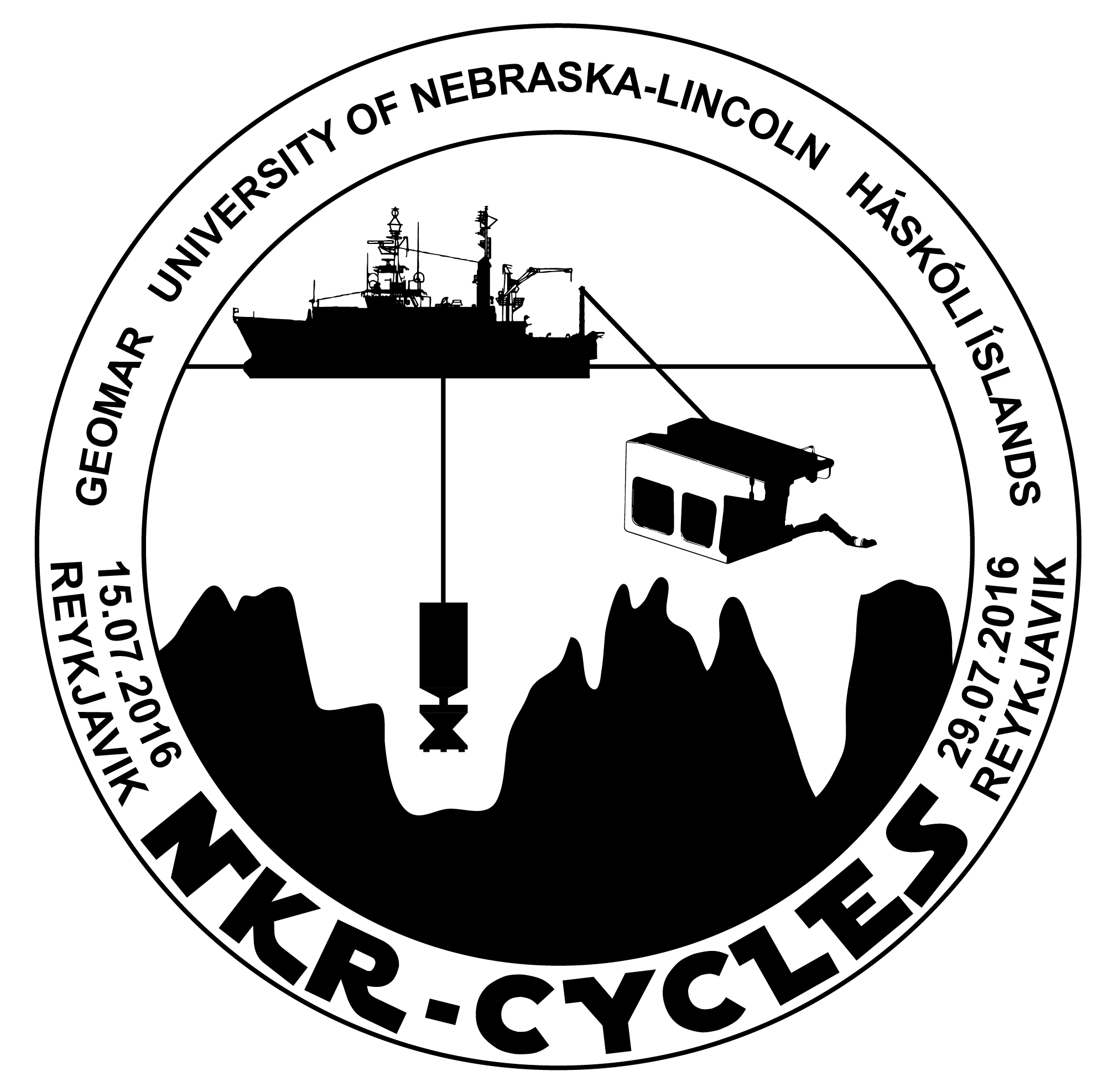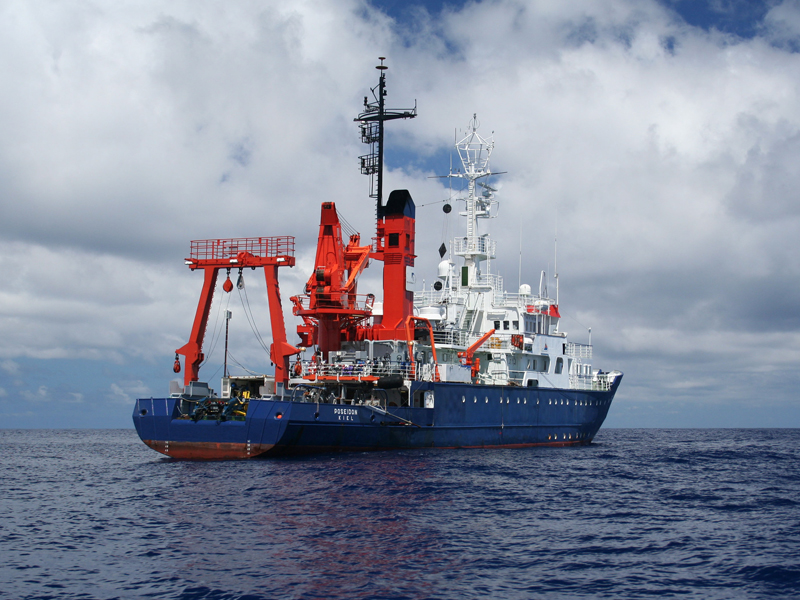POSEIDON POS502
- Area:
- Kolbeinsey Ridge
- Time:
-
15.07.2016 - 29.07.2016
- Institution:
- GEOMAR
- Chief scientist:
- Isobel Yeo
Oceanic crust, which is created by volcanic eruptions at mid-ocean ridges, covers almost 70% of the surface of the Earth. Oceanic crustal construction is thought to be characterized by cyclic bouts of intense magmatic activity separated by periods when tectonic activity (stretching and fracturing of the rocks) accounts for plate separation. It is not known whether there is any distinct periodicity to these cycles and it is unclear whether whole regions of the ridge axis have synchronized cycles or if different sections may experience different levels of activity at the same time. Answering these questions will not only help explain how much of the surface of our planet was created, but also have direct consequences for understanding hydrothermal mineral accumulation and chemosynthetic biodiversity, which depend on the reliability of heat sources.
During cruise POS502 we will return to a segment of the Mid-Atlantic Ridge north of Iceland and use high-resolution Autonomous Underwater Vehicle imagery of the seafloor collected by the AUV Abyss in 2012 to carry out geological sampling of lava flows as we would on land, targetting specific features to analyse geochemical evolution, source depths and triggers. We will also ground-truth a new dating method developed at GEOMAR as well as using the ROV Phoca and 3D-photogrammetry to help us understand the stratigraphy of the area and analyse the geological evolution of the seafloor. Bathymetric surveying and dredge sampling will be conducted on Eggvin Bank, a large volcano that reaches water depths of only 20m (by far the shallowest point on the segment, most of which lies between 1000-2000 m water depth), to analyse its structural and geochemical evolution. Brought together these data will allow us to better understand the sources, periodicity and variability of the seafloor eruptions that build the Earth’s crust.



